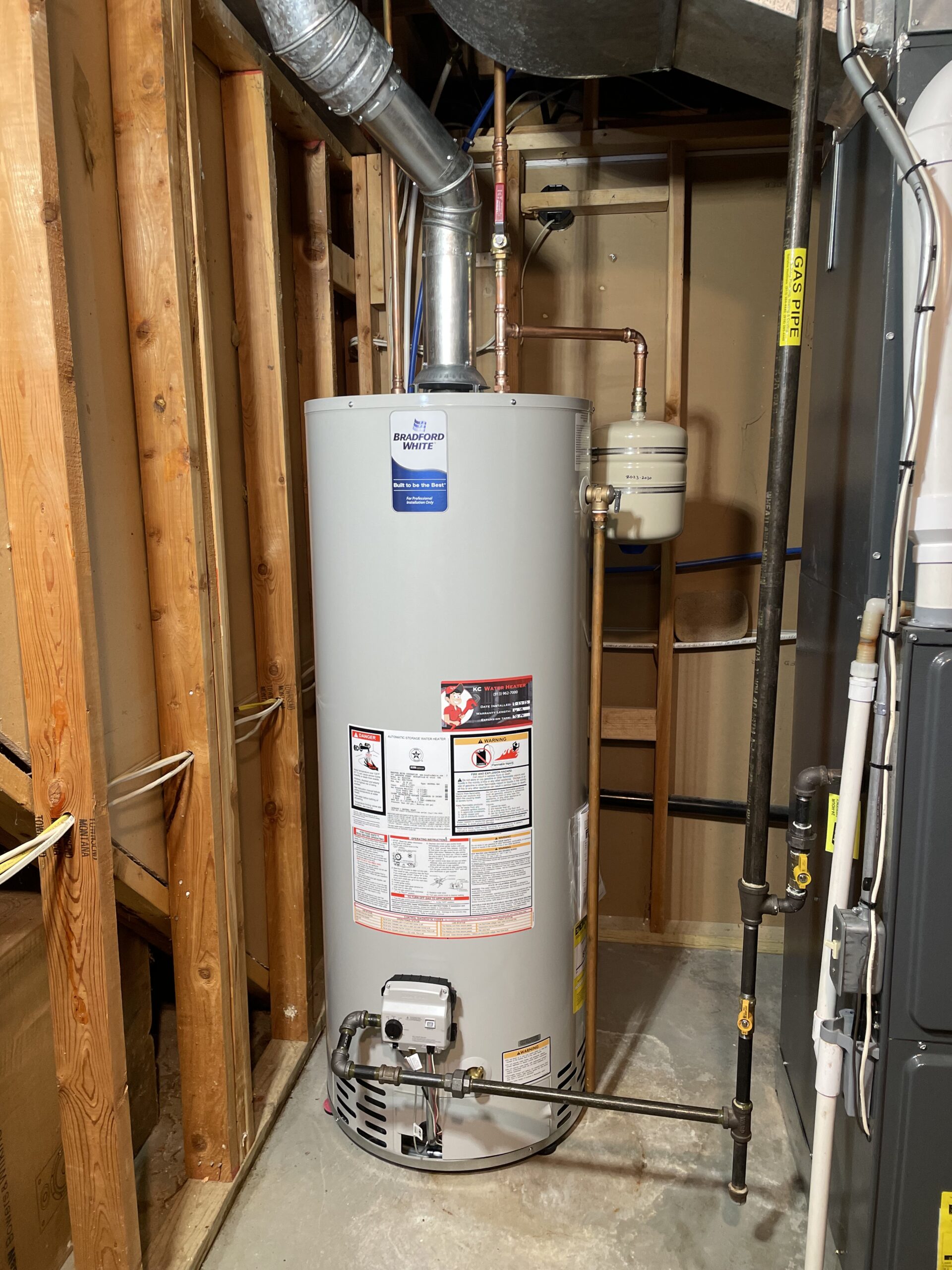Maintaining Your Home's Hot Water System: Important Tips
Maintaining Your Home's Hot Water System: Important Tips
Blog Article
The author is making a number of great points related to How to Maintain Your Water Heater & Prolong its Life in general in the content in the next paragraphs.

Warm water is important for everyday convenience, whether it's for a refreshing shower or washing meals. To guarantee your hot water system runs efficiently and lasts longer, routine upkeep is crucial. This post provides functional ideas and understandings on how to maintain your home's hot water system to stay clear of disturbances and costly repairs.
Introduction
Keeping your home's hot water system may appear difficult, yet with a couple of basic actions, you can guarantee it operates smoothly for many years to find. This guide covers everything from understanding your warm water system to DIY maintenance suggestions and recognizing when to call expert help.
Relevance of Maintaining Your Hot Water System
Normal upkeep not just extends the lifespan of your hot water system but likewise ensures it operates effectively. Overlooking upkeep can cause decreased performance, greater energy bills, and even early failure of the system.
Signs Your Hot Water System Demands Upkeep
Recognizing when your warm water system requires interest can stop major concerns. Keep an eye out for indicators such as inconsistent water temperature, unusual sounds from the heating system, or rusty water.
Flushing the Water Heater
Flushing your hot water heater eliminates debris build-up, improving efficiency and lengthening its life.
Monitoring and Replacing Anode Rods
Anode poles prevent corrosion inside the storage tank. Checking and replacing them when worn is critical.
Complicated Problems Calling For Specialist Assistance
Instances include significant leaks, electrical troubles, or if your hot water heater is consistently underperforming.
Routine Expert Maintenance Advantages
Expert maintenance can include detailed examinations, tune-ups, and making certain conformity with safety and security standards.
Inspecting and Readjusting Temperature Level Setups
Readjusting the temperature level setups ensures optimum efficiency and security.
DIY Tips for Maintenance
You can execute a number of maintenance jobs yourself to maintain your hot water system in leading problem.
Checking for Leakages
Regularly check pipes and links for leakages, as these can bring about water damages and higher expenses.
Recognizing Your Warm Water System
Prior to diving right into upkeep tasks, it's helpful to recognize the fundamental components of your hot water system. Generally, this consists of the water heater itself, pipelines, anode poles, and temperature controls.
Month-to-month Maintenance Tasks
Normal monthly checks can assist capture small issues before they intensify.
Checking Stress Relief Valves
Evaluating the stress relief valve ensures it operates correctly and stops extreme pressure accumulation.
Shielding Pipes
Protecting warm water pipelines decreases warm loss and can conserve power.
When to Call an Expert
While DIY upkeep is beneficial, some problems need expert expertise.
Final thought
Routine maintenance of your home's hot water system is crucial for performance, long life, and price savings. By adhering to these tips and knowing when to seek professional help, you can ensure a dependable supply of hot water without unexpected interruptions.
Water Heater Maintenance Tips
Test the TPR Valve
Shut off the power and the cold-water supply valve. Place a bucket under the pipe connected to the temperature-pressure-release (TPR) valve on the top or side of the tank. (This valve opens if the tank pressure gets too high.) Lift the valve’s tab to let some water out, then let go. If water keeps flowing, drain the tank partway, unscrew the old valve with a pipe wrench, and install a new one. Check the Anode Rod
Put a hose to the tank’s drain cock and let out a few gallons of water. Now fit a 1 1/16-inch socket onto the rod’s hex head on top of the heater (or under its top plate) and unscrew the rod. If it’s less than ½ inch thick or coated with calcium, buy a new one, wrap its threads with Teflon tape, put it back in the tank, and tighten securely. Use this segmented rod if headroom above the tank is limited. Drain the Tank and Wash Out Sediment
Drain the remaining water in the tank into the bucket, then stir up the sediment on the tank’s bottom by briefly opening the cold-water supply valve. Drain and repeat until clean water comes out of the hose. Close the drain cock, refill the tank, and turn its power back on. Adjust the Temperature
Find the temperature dial on the side of the tank and unscrew its cover. Adjust the dial to 120 degrees using a flathead screwdriver. For every 10 degrees the temperature is lowered, you can expect to save up to 5 percent in energy costs. Turn the water heater off or the thermostat down to its lowest setting if you plan to be away from home for more than three days. Insulate the Pipes
Buy some self-sticking 3/8-inch-thick foam pipe insulation that matches the pipes’ diameter. Slide the foam over the hot-and cold-water pipes as far as you can reach. Insulating the cold-water pipe prevents condensation in summer. Peel the tape and squeeze the insulation closed. If the pipe is 6 inches or less from the flue, cover it with 1-inch-thick unfaced fiberglass pipe wrap. https://www.thisoldhouse.com/plumbing/21016402/how-to-maintain-a-water-heater

I recently found that write up on Tips For Maintaining Your Hot Water Heater while scouting around the search engines. Sharing is caring. One never knows, you could be helping someone out. Thanks a bunch for your time. Please check up our blog back soon.
Schedule Service Report this page